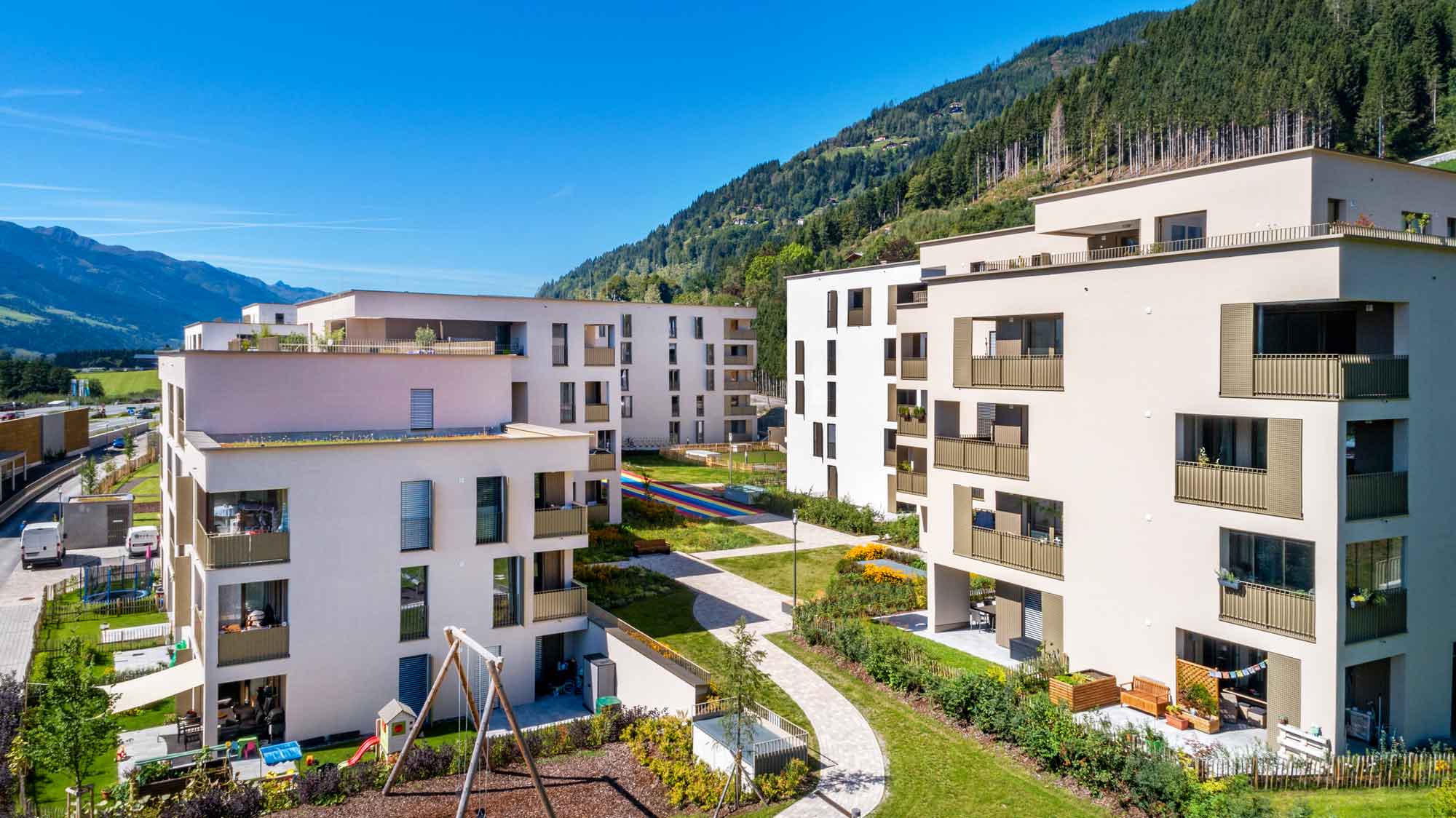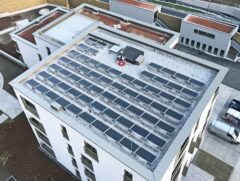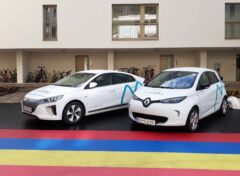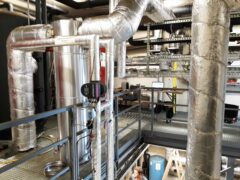The “Sonnengarten Limberg” in Zell am See is a forward-thinking construction project that combines affordable housing with a high standard of living and quality of life. The ambitious overall concept had some important objectives, including sustainability, conserving resources, energy efficiency, a virtually CO2-free energy supply, innovative mobility services and a strong sense of community. The Habitat Wohnbau GmbH building project was delivered in close cooperation with Limberggarten GmbH, Zell am See town council, experts from the Salzburg Institute for Regional Planning and Housing (SIR) and sociologist Sarah Untner. The collaborative planning process was a key factor in the project’s successful completion. The overall concept has already scooped multiple awards: the 2016 Environmental Award from the Austrian Society for Environment and Technology (ÖGUT), the 2018 VCÖ Mobility Prize, the 2019 Na-Wo Award and the award for being the first klimaaktiv district of 2019.
Built between 2017 and 2019, the housing estate in the Bruckberg district is accessible, car-free and prides itself on the short distances between all facilities. It has 77 subsidised rental flats, 61 eligible and 50 privately financed owner-occupied apartments, a kindergarten, a local store and a doctor’s surgery. All residents get full use of numerous green spaces, leisure areas and shared spaces where they can come together and spend time. A housing coordination office serves as the first port of call for residents and manages the shared spaces.
Comprehensive monitoring
Ob das Neubau-Quartier die geplanten Zielsetzungen auch im realen Betrieb erfüllt, wurde in einem 2-jährigen Monitoringprojekt (2020 bis 2022) unter Leitung des SIR evaluiert. Die Ergebnisse werden an die verschiedenen Zielgruppen (Bewohner:innen, Planer:innen, Projektentwickler:innen und Gemeinden) kommuniziert und können bei der Entwicklung weiterer nachhaltiger Bauprojekte genutzt werden. Die Daten zum Energieverbrauch (Wärme und Strom), zum Stromertrag aus der PV-Anlage, dem Wasserverbrauch und der Abfallentsorgung wurden im Rahmen des technischen Monitorings erfasst und ausgewertet. Luftgütemessungen in unterschiedlichen Wohnungen lieferten Werte zur Luftqualität. Eine Verkehrszählung der Zufahrt, sowie beim Radweg und eine Auswertung des Carsharings dienten dazu, Daten zum Mobilitätsverhalten zu erhalten.
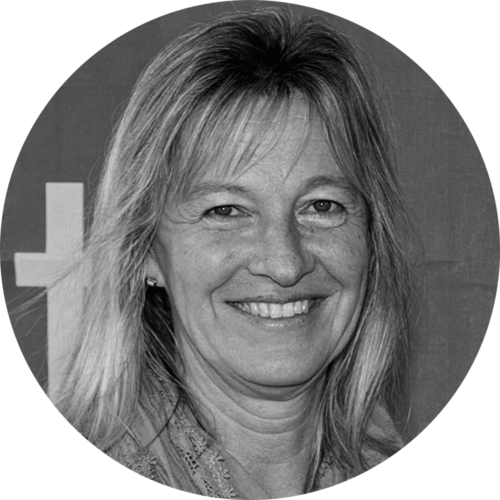
„The more energy-efficient the buildings are, the more impact their residents will have on energy consumption. So user-friendliness and good communication and information are essential if we are to make neighbourhoods genuinely sustainable.”
Inge Straßl
SIR – Institute for Regional Planning and Housing
A sustainable building concept
All residential buildings in the completed part of the project (blocks B, C, D, E, F and G) and the kindergarten were certified as meeting the “gold” klimaaktiv standard. The housing estate was built to an ultra-low energy standard and boasts a perfectly coordinated energy supply system. The monitoring revealed that the thermal building envelope, the heating system and the ventilation system are all working correctly and playing their part in ensuring a comfortable climate inside. In some cases, however, the results from day-to-day operation indicated some major deviations (due to user behaviour) from the forecast figures. Targeted information campaigns were therefore launched to raise residents’ awareness of ways they could save energy.

Alternative mobility options
The estate possesses a large number of high-quality bike racks, and the local cycling infrastructure has also been brought up to date. Vehicles are banned from the complex itself, with all parking spaces being situated around the edge or inside the underground car park. The site also operates an electric car sharing scheme, with two vehicles available to use. The analyses indicate that the mobility infrastructure on the site is of a very high quality and has been well received. However, there is room for improvement in terms of public transport use, suggesting a need for more.
Positive feedback from residents
The support given to the project by social planners was a key part of its overall concept, and a good quality of life and sense of community in the neighbourhood were its main aims. A housing satisfaction survey of residents was run in November 2021, which painted a very positive picture: 89% of respondents were satisfied or highly satisfied with their living situation, with no resident claiming to be dissatisfied.
www.smartcities.at/projects/monitoring-sglimberg-evaluierung-der-bereiche-energie-mobilitaet-und-soziales-in-den-ersten-zwei-jahren-nach-bezug
